Best iPhone Mobile Data Plans in US, UK, Canada and Australia
Choosing the best iPhone mobile data plan for your needs can be a game-changer for your iPhone experience. With powerful 5G networks rolling out around the world, smartphone users have a buffet of options – unlimited data, massive high-speed buckets, family share plans, international roaming, and bundled perks like streaming services. But the “best” plan really depends on you: how much you use your phone, whether you travel internationally, and what extras you value. In this guide we break down the leading carriers and plans in the US, UK, Canada, and Australia. We’ll compare data caps, coverage, roaming, and promos, and give practical tips (and real-life scenarios) so you can pick the plan that maximizes value for your iPhone lifestyle.
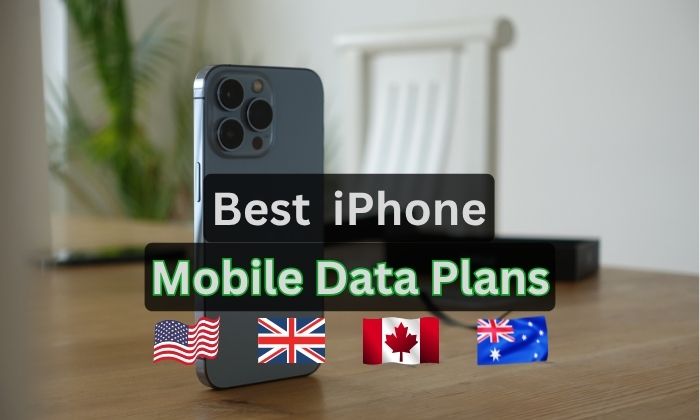
Major carriers advertise nationwide 5G and vast coverage. For example, T-Mobile promises “Unlimited 5G & 4G LTE data” nationwide, while Australia’s Telstra boasts the “largest 5G network” in the country. With such coverage, you can stream music, video-call, or browse maps from nearly anywhere without hitting a hard data cap. Yet plans differ in speed limits, hotspot data, and extras. We’ll dive into each region’s top providers.
United States: Carrier Comparison and Plan Highlights
In the US, the “Big Three” (T-Mobile, AT&T, Verizon) dominate, each offering multiple unlimited-data tiers. Here are some highlights:
-
T-Mobile (Magenta/Experience): T-Mobile’s mid-tier Experience More plan ($90/mo for 1 line) is popular among iPhone users. It provides unlimited talk/text/data with unlimited premium 5G data, plus extras like Netflix Standard (with ads), Apple TV+, and Hulu included at no extra cost. You also get 60 GB of hotspot data and free unlimited texting and 30 GB data in Mexico/Canada. Its lower-tier Essentials plan ($55/mo) still gives unlimited data (throttled after 50 GB of high-speed) with fewer perks. T-Mobile’s broad 5G coverage makes it a strong choice for streaming on an iPhone.
-
AT&T: AT&T’s unlimited plans (often called Starter, Extra, or Premium) are comparable. The top plan typically includes HBO Max and full-speed hotspot data, plus unlimited talk/text. The mid-tier offers 40–50 GB premium data. AT&T also includes Canada/Mexico data on higher plans, plus discounts for bundled services. (Official AT&T sources describe a multi-tier structure similar to T-Mobile, with HBO subscriptions on premium plans.)
-
Verizon: Verizon offers plans like Play More Unlimited and Get More Unlimited with growing data, hotspot, and streaming perks. For example, Verizon’s top plans bundle Disney+, Apple Music, and unlimited hotspot data (about 50 GB of 5G hotspot before soft caps). They also include travel features (e.g. free calls to Mexico/Canada, EU roaming on some tiers). While Verizon often costs slightly more, it’s known for strong coverage and speed.
Practical Tip: If you frequently stream video or work on your iPhone, look for a plan with a large high-speed data pool or true unlimited data. Heavy hotspot use (laptop tethering) means you’ll want 50–100+ GB of hotspot or unthrottled hotspot. Travelers should compare roaming allowances: T-Mobile and AT&T allow data in Mexico/Canada by default, whereas Verizon offers an International Travel Pass for a daily fee. For budget-minded users, prepaid MVNOs (Mint, Visible, Cricket) offer lower prices by using these big networks, often with strict data caps or speed limits.
United Kingdom: SIM-Only and 5G Speeds
UK carriers focus on SIM-only and contract plans that bundle unlimited talk/text with tiered data or speed caps. Key players include EE, Vodafone, O2, and Three. Data plans are often marketed by speed tier (10 Mbps, 100 Mbps, uncapped 5G) rather than raw GB. A common structure is a base plan (“Unlimited” at 10 Mbps, cheapest), mid-tier at 100 Mbps, and a top plan with unlimited 5G speed.
-
EE: EE’s flagship plan is the Unlimited All-Rounder (£29/mo for 1 line with AutoPay). It offers truly unlimited data on 5G (no speed cap), as well as extras like Netflix Standard (with adverts) included. EE also lets you gift data to others on EE and includes EU roaming on many plans. Lower EE plans cap speeds: for example, the Essentials (£32/mo) is unlimited but capped at 100 Mbps. EE has by far the fastest 5G network in the UK, making its high-tier plans great for HD streaming or gaming.
-
Vodafone UK: Vodafone’s unlimited tiers are named Unlimited, Unlimited Plus, and Unlimited Max. The base “Unlimited” plan offers true unlimited data but is capped around 10–15 Mbps (fine for social media/music). “Unlimited Plus” (middle tier) raises the cap to 100 Mbps, and “Unlimited Max” unlocks full 5G speeds (uncapped). All include unlimited calls/texts. Notably, Vodafone’s Xtra plans include free roaming in up to 83 countries on the Max plan, and rewards via its VeryMe loyalty app. For example, Vodafone’s marketing page highlights that Unlimited Max has “uncapped 5G” speeds, ideal for UHD streaming on an iPhone.
-
Three, O2: Three offers simple unlimited plans (e.g. Go Binge, Essential) with no speed cap on 5G and perks like free Netflix HD on Go Binge. O2’s Priority plans include extras like Spotify Premium on higher tiers. Both Three and O2 include EU roaming. Network-wise, EE/Vodafone have the broadest coverage, but Three often wins “best network for data” awards for speed in cities.
Scenario: A UK gamer who livestreams should pick a fast 5G plan (EE All-Rounder or Vodafone Max) for consistent speed. A light user who mainly browses and checks email could save money on a 10 Mbps plan (Vodafone Unlimited or Three Essential). Families can take advantage of line bundling (EE and Vodafone give ~£10 discount per additional line), and UK plans typically allow easy data sharing among lines.
Canada: Data-Heavy Plans on 5G+ Networks
Canadian carriers – Rogers, Bell, and Telus – all offer unlimited talk/text with tiered data buckets on their 5G networks. Recent plans (2024–2025) feature very large data allotments (100–250 GB+) at full speed, then slow speeds thereafter.
-
Rogers: Rogers’ top plans, called Infinite (or “5G+ plans”), start at 100 GB of high-speed data (for single lines) and scale up. For example, Rogers’ popular mid-tier plan provides 175 GB of full-speed data before slowing, along with unlimited Canada-wide voice/text and 2,000 international texts. After the cap, speeds drop but the data is still “unlimited.” Rogers also includes perks like 3% cash-back on purchases with its credit card and offers 3-months free Sportsnet+ streaming on higher tiers. Roaming is generous: the 175 GB plan includes unlimited talk/text and data use in the US; the top plan (250 GB) adds Mexico roaming.
-
Bell and Telus: Bell and Telus mirror Rogers with similar multi-tier offerings. Bell’s Unlimited plans range (e.g. 25GB/40GB/75GB per line with speed cuts, or new data-intensive plans up to 500GB) and often bundle TV perks (Crave streaming included on higher plans). Telus’s “Peace of Mind” plans offer 5G data from 50 GB to 500 GB, plus family data pooling. All three have nationwide 5G; Rogers in particular markets “5G+” ultrafast speeds.
-
Planhub Comparison: Consumer aggregators like PlanHub list Rogers Unlimited plans in Ontario (as of 2025) around C$70 for 100 GB, C$80 for 175 GB, and C$100 for 250 GB per month. Similar pricing applies at Bell/Telus. These large data plans cater to power users – imagine streaming 4K Netflix or downloading games frequently.
Scenario: A Canadian remote worker who downloads a lot or a family with multiple users may opt for a 175–250 GB plan (Rogers or Bell) to avoid overage slowdowns. Frequent travelers to the US will appreciate Rogers and Bell’s “roam in US” feature (often included with unlimited talk/text). If coverage is a concern, note that Rogers/Telus generally rank highest nationwide, especially in rural areas. MVNOs (Fido, Virgin, Koodo) can cut costs by using these networks; e.g., Fido offers 100 GB unlimited plans around $60–70.
Australia: Big Data, Big Networks
Australian carriers Telstra, Optus, and Vodafone (TPG) all market postpaid SIM plans with large data or unlimited data at fixed speeds. Here’s the landscape:
-
Telstra: The market leader has Australia’s largest network, covering 99.4% of the population with 5G. Telstra’s SIM-only plans are often named Basic (50 GB for ~$70), Essential (180 GB for ~$80), and Premium (300 GB for ~$99) per month. All are on month-to-month terms. While expensive, Telstra plans include perks: for example, higher plans add streaming bundles like Binge and data sharing. They also allow sharing a pool of data across multiple devices (up to 20 lines), which is great for families. Because of its broad 5G reach, Telstra is ideal if you need coverage even in far-flung areas.
-
Optus: Optus offers similar data tiers, often bundling popular streaming services. For instance, high-end Optus plans (e.g. “XXL” 500 GB) have historically included subscriptions to Apple One (Music/TV/Arcade) or Disney+. Optus now covers 98% of Aussies with 5G, and its well-known “Optus Sport” or discounts on Telstra’s AFL/NRL streams. Its prices are slightly lower than Telstra’s for comparable data.
-
Vodafone/TPG: Vodafone (soon TPG Telecom) took a different approach: its main plans (like the $40 plan) give “unlimited” data but capped at ~6–10 Mbps for downloads. These are cheaper (around A$60/mo) and still support video calls, but not 4K streams. Vodafone plans often include 16 GB of roaming and bonus apps (Disney+ 6-mo free). MVNOs on Optus/Telstra networks (Kogan, Amaysim, Tangerine) offer smaller plans – e.g. Tangerine’s 25 GB for A$29 – which can be perfect for light iPhone users on a budget.
Scenario: An urban Aussie teen who watches YouTube and Netflix on their iPhone might choose Telstra’s 180 GB plan (~A$80) or Optus 150–500 GB plan for smooth streaming. A regional traveler would value Telstra’s coverage. An infrequent user could save with Vodafone’s unlimited $60 plan (capped at basic speed) or small SIM-only deals. Families can mix and match: combine a big data line for parents with a cheap capped plan for kids.
Practical Tips for Picking the Right Plan
-
Match Data to Your Use: Heavy video-streamers and gamers should aim for plans with ≥100 GB at top speeds or true unlimited. Casual users often do fine with 20–50 GB or even speed-capped unlimited plans, which cost much less. Check if your carrier slows data after a threshold (e.g. 50 GB), and whether that limit fits your monthly usage.
-
Consider Network Coverage: If you travel (domestically or abroad) or live in rural areas, prioritize coverage. In the US, Verizon and AT&T often cover rural areas best; T-Mobile is strongest in cities. In Canada, Rogers/Telus generally have wider 5G reach, in Australia Telstra covers remote regions best. A fast plan is useless if you have no signal.
-
Watch for Roaming & International: All-region travelers should compare roaming. T-Mobile’s unlimited plans include Canada/Mexico data; Vodafone UK offers Xtra plans with roaming in Europe or 83 countries. Bell/Rogers let you use your Canadian data in the US on top plans. If your carrier doesn’t include roaming, look into add-ons or use local eSIMs.
-
Shared/Family Plans: Most carriers give discounts on multi-line or family plans. For instance, EE saves ~£10 per extra line, T-Mobile saves ~$15 per line with 2+ lines, and Rogers/Bell have multi-line packs too. Group plans often include shared data or pooled data (useful for families). Decide if individual vs. family lines works out cheaper for your group.
-
Look for Bundled Perks: Many premium plans include streaming or service credits. If you already subscribe to Netflix, Disney+, etc., these can save money. For example, T-Mobile’s top tier includes Netflix, EE/Vodafone have entertainment bundles, and Australian carriers often throw in streaming services (Binge, Disney+) on higher tiers. Subtracting these values from plan cost helps gauge “true” price.
-
Prepaid vs. Postpaid: Prepaid (no contract) plans can be cheaper for limited use and avoid credit checks. Postpaid (with contract or month-to-month service) often comes with better phone financing deals and bundling options. Both exist widely in all countries, but postpaid usually has more data and perks.
Conclusion
There’s no one-size-fits-all “best” iPhone data plan – it hinges on how you use your phone. A business traveler may prize international roaming and hotspot data, while a student might focus on raw data for streaming. By comparing key features (data caps, speeds, network quality, roaming, promotions) across providers – as we’ve outlined for the US, UK, Canada, and Australia – you can zero in on the plan that maximizes value. Remember to periodically re-check deals too; carriers frequently launch promotions or add new perks. Ultimately, the goal is seamless connectivity that matches your habits: whether that means unlimited high-speed data for the power user, or a lean plan with smart extras for the frugal user, there’s an iPhone plan out there tailored for your needs.
References and Sources
- T-Mobile – Compare our new unlimited Experience cell phone plans
- Rogers – 5G+ mobile plans – Our best BYOD plans
- PlanHub – Best Cell Phone Plans by Rogers in Ontario
- Vodafone UK – Unlimited Data Plans
- EE UK – Pay Monthly SIM Only Deals
- Telstra – SIM-only plans
Suggestions for you
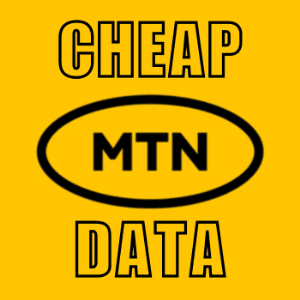
Cheap MTN Data Code - Get the Cheapest MTN Data Plan in Nigeria
79641 Views
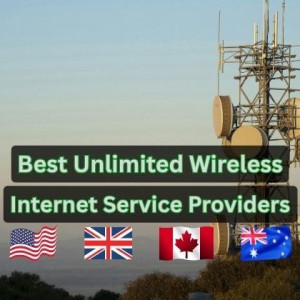
Best Unlimited Wireless Internet Service Providers in US, UK, Canada and Australia
717 Views
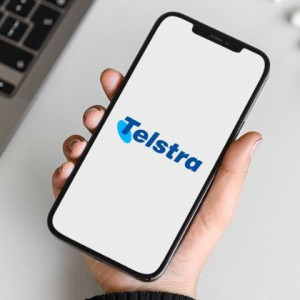
Telstra International Roaming Charges, Plans, Limits: All You Should Know
1675 Views
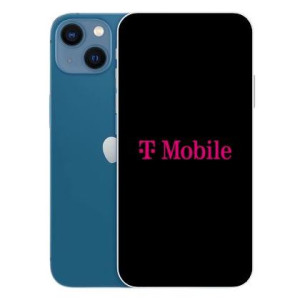
All You Need to Know About T-Mobile International Roaming
613 Views
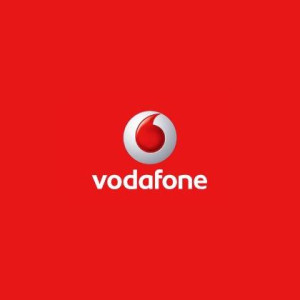
Vodafone International Roaming Charges, Plans, Countries, etc
4388 Views
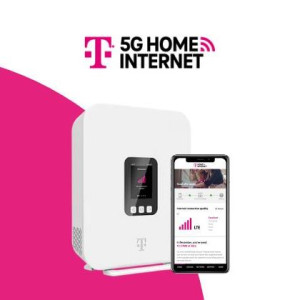
T-Mobile Home Internet: All About Data Cap and Data Pass Price
1211 Views
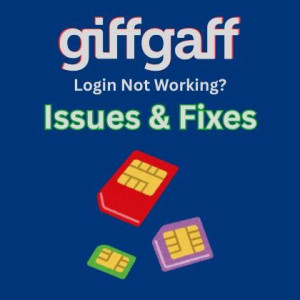
Giffgaff Log In Not Working? Common Issues, Fixes and Giffgaff Contact Details
460 Views
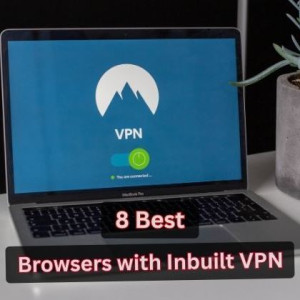
8 Best Inbuilt VPN Browsers (Free & Paid) for Secure Browsing
392 Views

How to Create a VTU Website for Free
1802 Views

How to Get Free MTN Data in 2025: 4 Methods That Actually Work
5636 Views